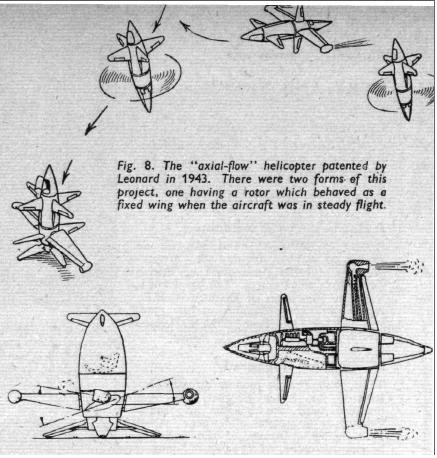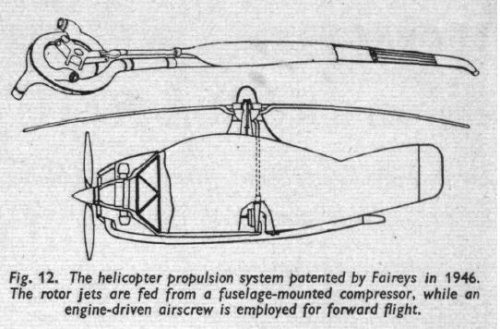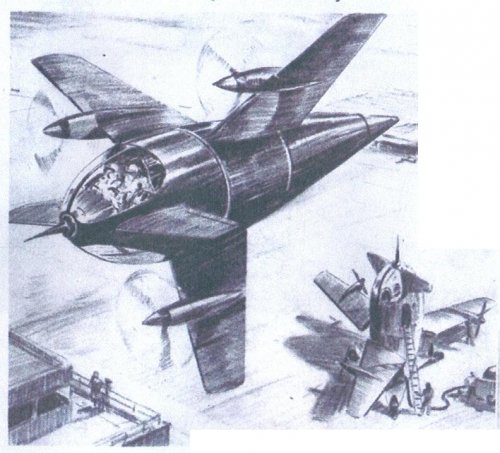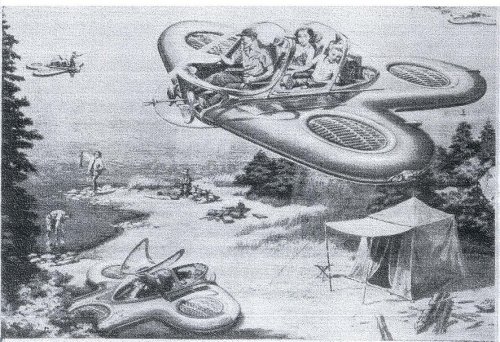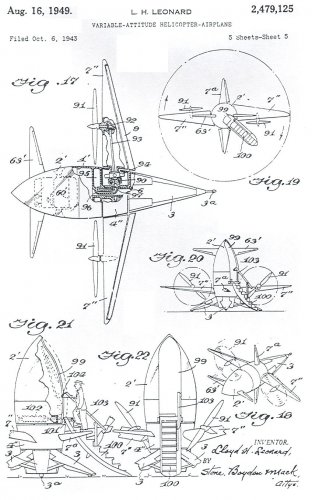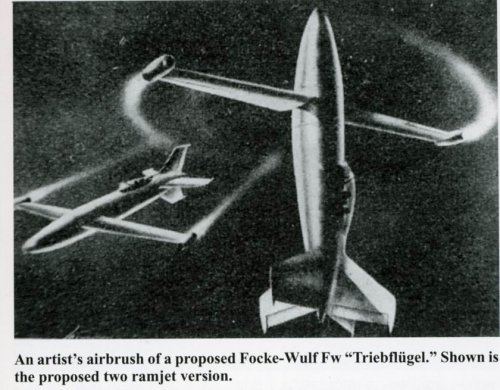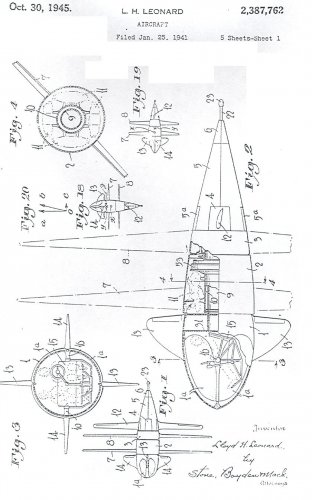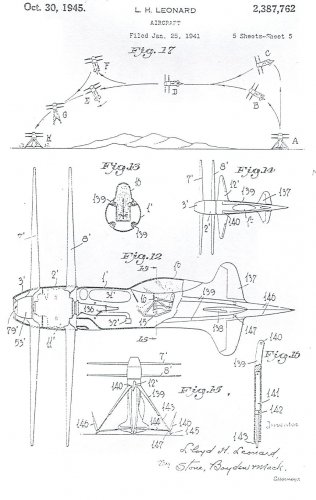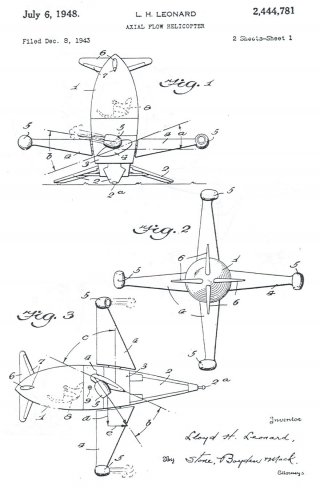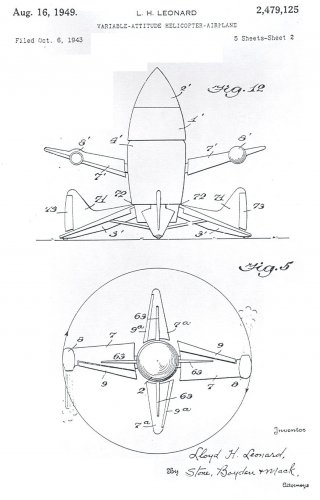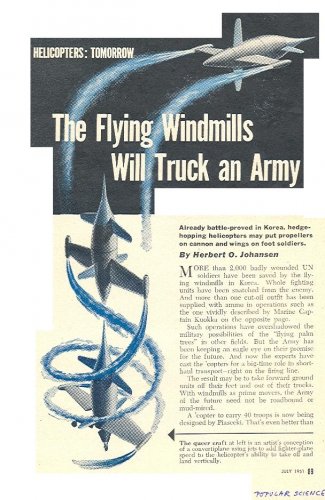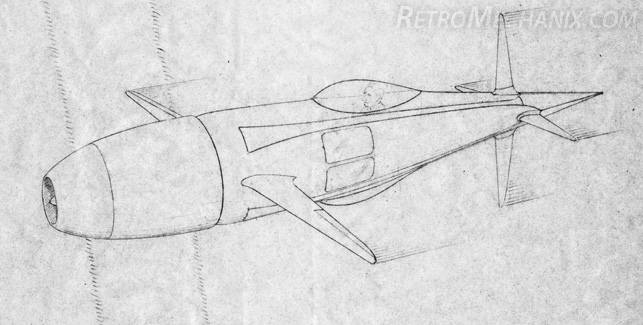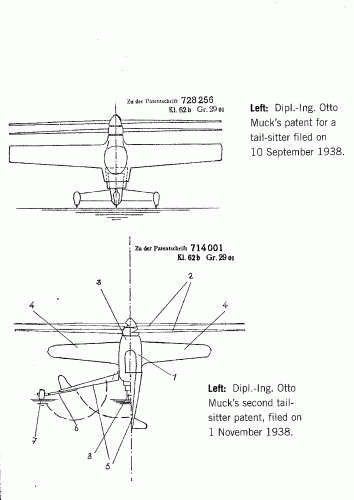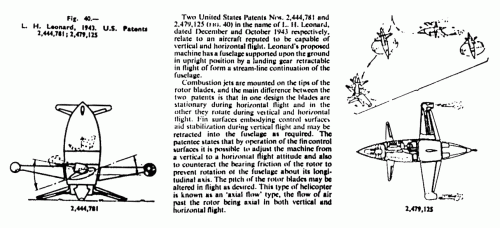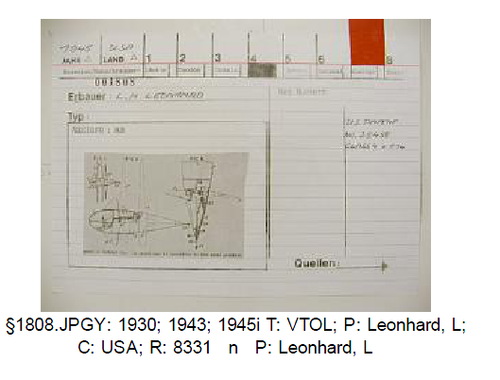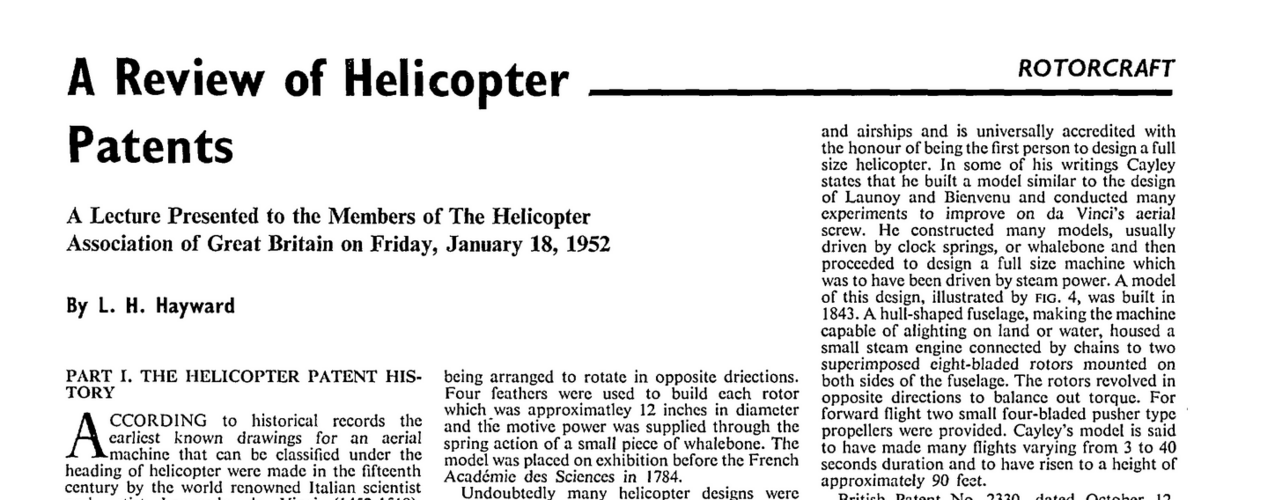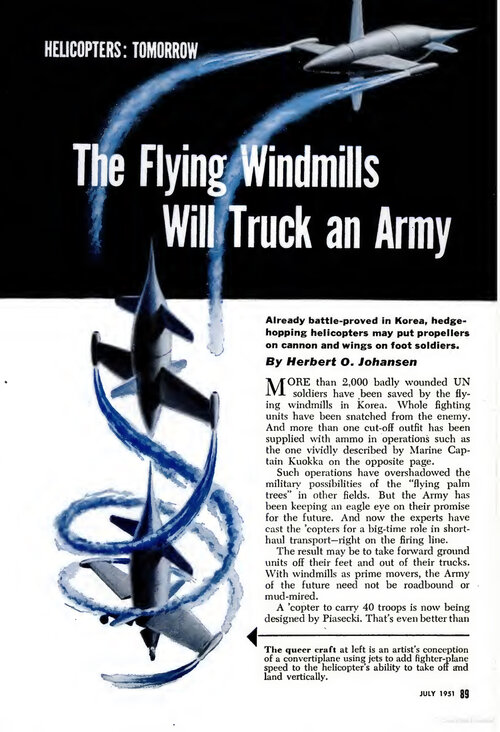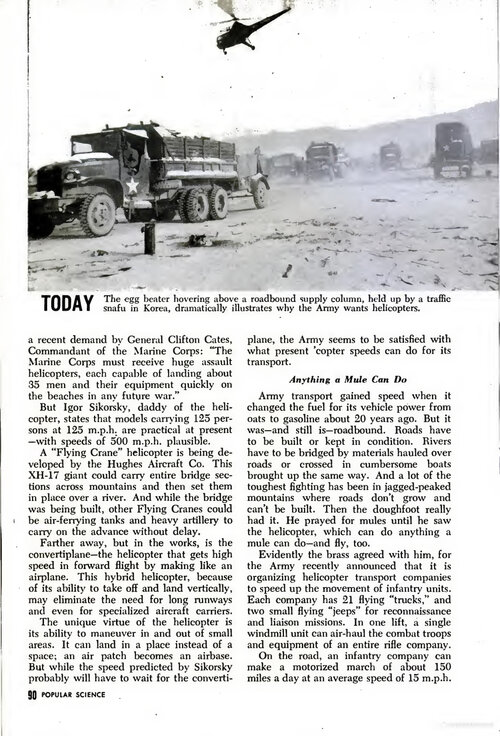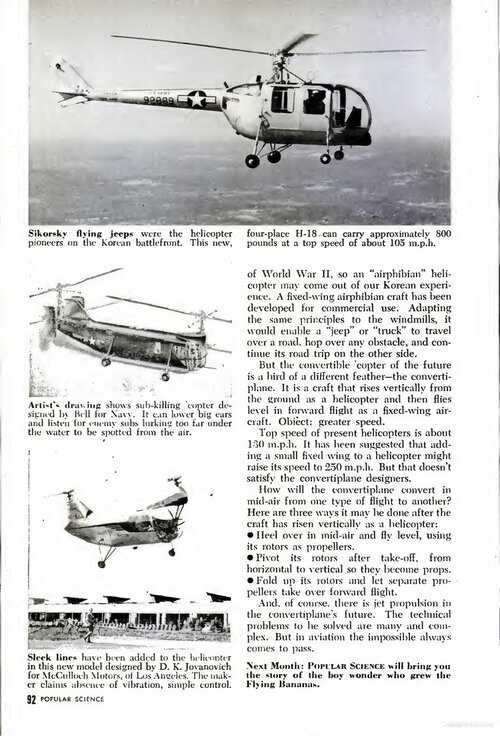Rest assured, Scott, the guy was no Sunday afternoon tinkerer, but a legit engineer whose research appears in NASA's publications.
Earliest evidence found of Lloyd H. Leonard can be found in the Blue and Gold Yearbook - Class of 1929 of the University of California, Berkeley (Berkeley, CA). Originating from Los Angeles, he graduated in Mechanics. Next to this information are the following mentions: " A. S. M. E.; A. E. M. E.; Ashlar Club." which I believe were some social clubs which he was involved in.
In 1940, he co-authored with John V. Becker a study entitled "
High-Speed Tests of a Model Twin-Engine Low-Wing Transport Airplane".
NASA Center: Langley Research Center
Publication Year: 1940
Document ID: 20090014136
Report/Patent Number: NACA-SR-143
Updated/Added to NTRS: Apr 27, 2010
Online Source:
http://hdl.handle.net/2060/20090014136 [PDF Size: 3.3 MB]
This was expanded and re-published two years later, in 1942, as a second "
High-Speed Tests of a Model Twin-Engine Low-Wing Transport Airplane", again co-authored with John V. Becker. The abstract explains that "Report presents the results of force tests made of a 1/8-scale model of a twin-engine low-wing transport airplane in the NACA 8-foot high-speed tunnel to investigate compressibility and interference effects of speeds up to 450 miles per hour. In addition to tests of the standard arrangement of the model, tests were made with several modifications designed to reduce the drag and to increase the critical speed."
NASA Center: NACA (Unspecified Center)
Publication Year: 1942
Document ID: 19930091828
Accession Number: 93R21118
Report/Patent Number: NACA-TR-750
Updated/Added to NTRS: Apr 07, 2011
Online Source:
http://hdl.handle.net/2060/19930091828 [PDF Size: 1.8 MB]
http://naca.larc.nasa.gov/reports/1942/naca-report-750/
Yet another publication can be found, which he signed alone this time:
"Design Studies of Various Tilting Fuselage Convertible Aircraft"
Proceedings of the Ist Convertible Aircraft
Congress, Philadelphia, PA, Dec 9, 1949. published by Institute of Aeronautical Sciences.
This was quoted as a major reference in:
-
A Promising New Vertical Take-Off and Landing (VTOL) Aircraft Concept, which contains artwork drawing heavily on Leonard's own designs.
-
Design, Fabrication and Test of a Vertical Attitude Takeoff and Landing Unmanned Air Vehicle
Next in the chronology comes a series of patents, all related to his previous research:
Axial Flow Helicopter
United States Patent 2,444,781
Issue date: 6 July 1948
This patent has been referenced since 1978 in eight other U.S. Patents, including four by Aurora Flight Sciences Corporation in 2008-2009.
Variable attitude helicopter airplane
United States Patent 2,479,125
Issue date: 16 Aug 1949
This patent has been referenced since 1998 in eight other U.S. Patents, including one by the Boeing Company in 1998 and four by Aurora Flight Sciences Corporation in 2008-2009.
Vertical Take Off Type Aircraft With Jet Driven Rotor System
United States Patent 2,866,608
Issue date: 30 Dec 1958
This patent has been referenced since 1996 in eight other U.S. Patents, including four by Aurora Flight Sciences Corporation in 2008-2009.
----------------------------------------------------------------------------------------------------------
At least two other people named Lloyd H. Leonard have existed, one who was born circa 1925 and died in 2004, and another who was born in 1941 and died in 1992.
Of course none of these correspond to the inventor above, although either of these could very well be the same Lloyd H. Leonard that patented any of the following:
Folding crib
United States Patent 2,691,177
Issue date: 12 Oct 1954
(inventor was Lloyd H. Leonard from Valdosta, Ga.)
Power operated golf shoe cleaner
United States Patent 3,226,750
Issue date: 4 Jan 1966
(inventor was Lloyd H. Leonard living at 14877 Valley Vista Blvd. Sherman Oaks, Calif.)
Besides these, two more inventions were registered commercially by the same "Lloyd H. Leonard" as above:
"NEET KLEET" - Motor driven rotary brush shoe cleaning apparatus
Owner: LLOYD H. LEONARD, DOING BUSINESS AS LEONARD INDUSTRIES
14877 VALLEY VISTA BLVD. SHERMAN OAKS, CALIF.
Date Registered: 1965-12-14
Serial No: U.S. 72,206,628
"SHOEMASTER" - Electrically operated shoe cleaning and polishing machines
Owner: LLOYD H. LEONARD, DOING BUSINESS AS LEONARD INDUSTRIES
14877 VALLEY VISTA BLVD. SHERMAN OAKS, CALIF.
Canada Trademark #TMA176344
All of these have been added for the sake of completion/clarification, even though there is a 99% chance that they are from a different person.

